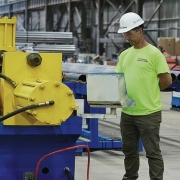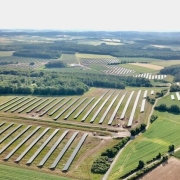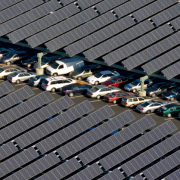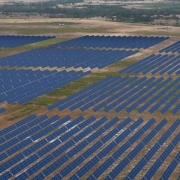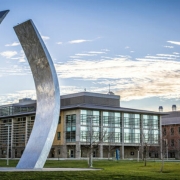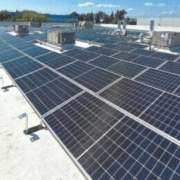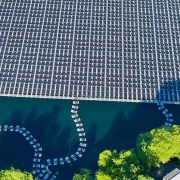In February 2021, US President Joe Biden issued an Executive Order calling for the establishment of resilient American supply chains intended to, in part, advance the fight against climate change. To achieve the current goal of 100% clean electricity by 2035, the US Department of Energy (DOE) estimates that solar energy would need to grow from 4% of electricity supply today to 40%.
This kind of growth will increase the demand for everything along the solar supply chain, from polysilicon through to modules. With both goals in parallel, the desire to foster a domestic supply chain and the necessity to ramp up renewables, the question begs: to what extent can the domestic US solar supply chain be expanded to meet clean energy goals?
Click here to read the full article
Source: PV Magazine
—
If you have any questions or thoughts about the topic, feel free to contact us here or leave a comment below.

